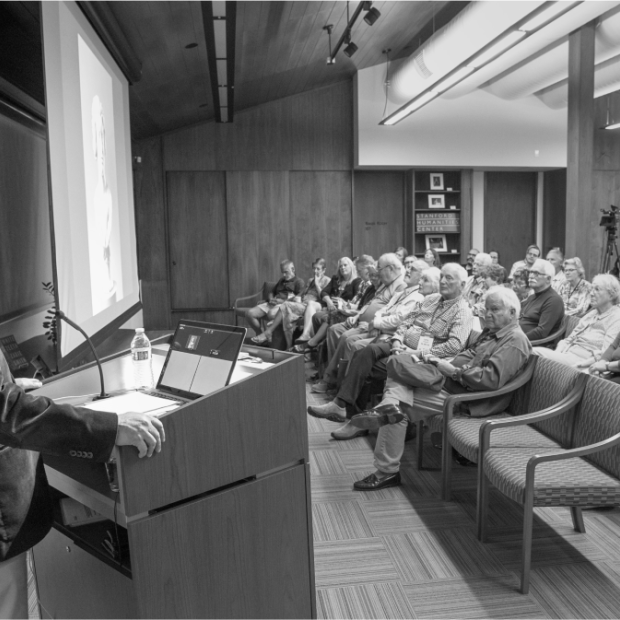I will discuss two series of studies related to the possible peaking of motorization in the U.S. In the first series of studies, I examined recent changes in the number of registered light-duty vehicles, and the corresponding changes in distance driven and fuel consumed. The units of the analyses were both the absolute numbers and the rates per person, per driver, and per household.
The main finding of those studies is that all rates reached their maxima around 2004. I will argue that, because the onsets of the reductions in these rates preceded the onset of the recession (in 2008), the reductions in these rates likely reflect fundamental, noneconomic changes in society. Therefore, these maxima have a reasonable chance of being long-term peaks as well. In the second series of studies, we examined recent changes in the proportion of persons in different age groups that do not have a driver’s license. The main result of these studies is that there has been a large drop in the licensure rate of persons younger than 40 years of age, and that drop shows no sign of a reversal. The combined evidence from these two sets of studies suggests that the answer to the question posed in the title is “yes.” (Bonus: I will also present our monthly tracking data showing 20% less emissions per driver of a new vehicle now compared with 2007, due to both reduced distances driven and improved vehicle fuel economy.)





